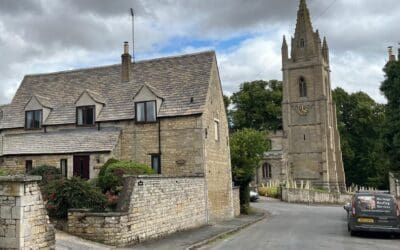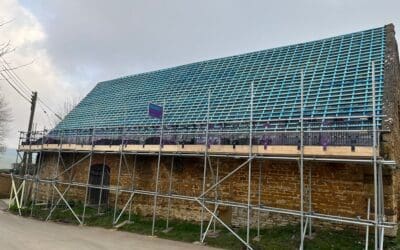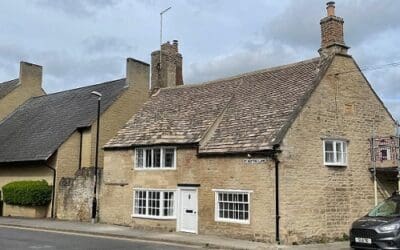The History Of Collyweston Stone Slate
The history of Collyweston Slate dates back to Roman times. Named after the Northamptonshire village from where it takes its name, the story behind Collyweston Slate is steeped in tradition.
Stamford and its surrounding villages, stretching out to Rutland and Northamptonshire are fortunate enough to have many heritage buildings, churches and homes with beautiful slate roofs. Collyweston Slate roofs to be exact. Instantly recognisable around our local area, showcasing the heritage and craftmanship of years gone by, and fortunately years still to come.
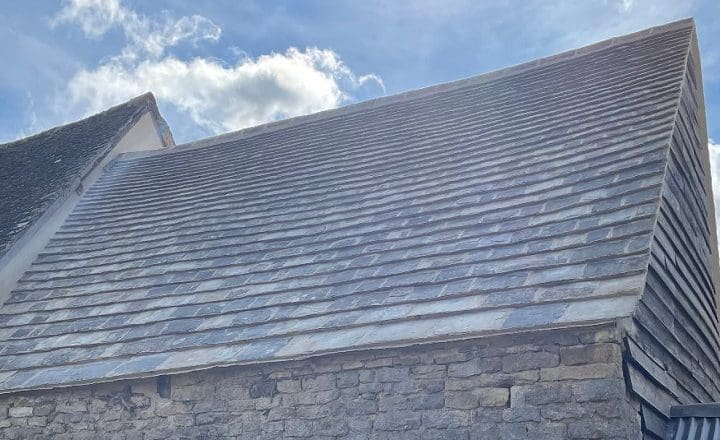
What is Collyweston Slate
While many are familiar with this beautiful stone, they may also ask what is Collyweston Slate.
Although the accepted term is Collyweston Slate, it is not an actual slate at all, it is in fact a fissile Jurassic limestone, some 140-190 million years old.
The extraction of Collyweston Slate has been a difficult, time consuming and dangerous process over the years. Early methods of extraction were completed by either opencast workings or outcropping rock, however due to the temperatures required to split the slate (frost) this method was heavily restricted to a few weeks per year when weather conditions would allow. These methods were replaced by tunnelling methods with shafts to allow access to approx. 10-meter tunnels.
Here workers would have to chip away at the rock and sand (a method named foxing) under the stone slate.
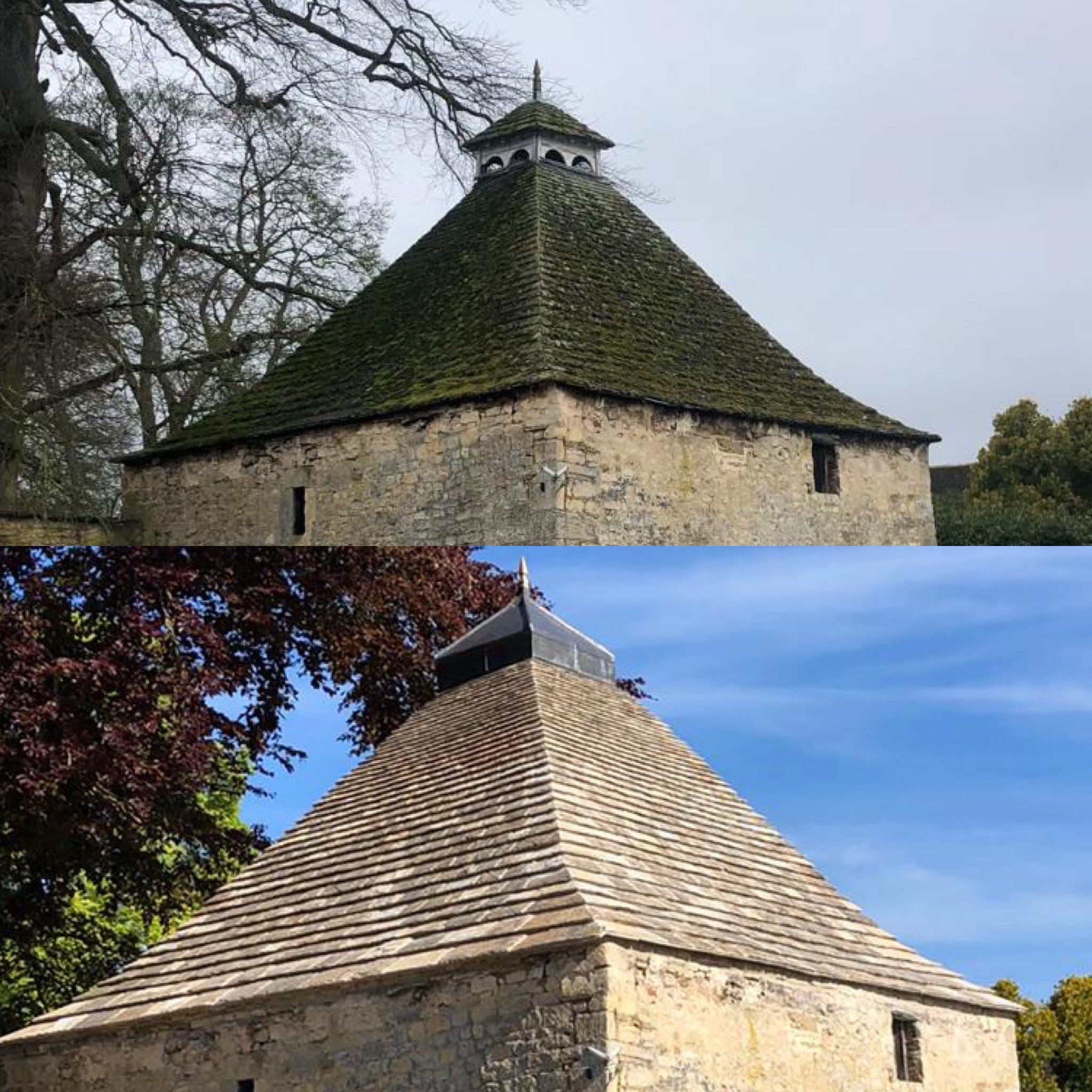
Traditional Roofing
Once collapsed, the rocks were extracted by hand and barrow and brought to the surface for the next stage in the process.
The rocks, or logs/log block as they were known, required watering to keep them damp for when the frosts came to split the log naturally, creating the raw product ready for the craftsmen to dress (or clived as it was known) into the slates we know and recognise today.
Mother nature did not always oblige with the frosts required and the logs would have to be kept, often under soil to keep them damp, to await the next winters frosts.
This led to a decline in available product. In the 17th Century the Collyweston Slates were widely used to replace the thatched roofs of Stamford – reducing fire risk / spread to the town.
As skilled craftsmen, we maintain the traditional Collyweston Slating process used for centuries. Of course, we combine these time-old traditions with modern roofing techniques to preserve and maintain our heritage roofs.
RECENT PROJECTS
Replacement of Collyweston Slate Roof with Bradstone Conservation Tiles
When it was time to replace the roof of this lovely cottage in Empingham, Rutland, the owners chose to use Bradstone Cotswold roof tiles instead of Collyweston slate. The new roof preserves the property's appearance and fits in perfectly with its surroundings....
Grade II Listed Blue Slate Barn – Rutland
Nestled in the heart of Rutland, this large Grade II-listed Blue Slate Barn is being completely transformed by its current owners into a beautiful residential property. The barn's blue slate roof had reached the end of its lifespan and required complete removal as...
Collyweston Re-slate Project In Oundle
We always consider it an honour to be involved in restoring and maintaining our heritage rooftops. The re-slating of the Collyweston roof on this beautiful cottage in Oundle was no exception. The property dates back to around 1483 and boasts a rich history, including...
